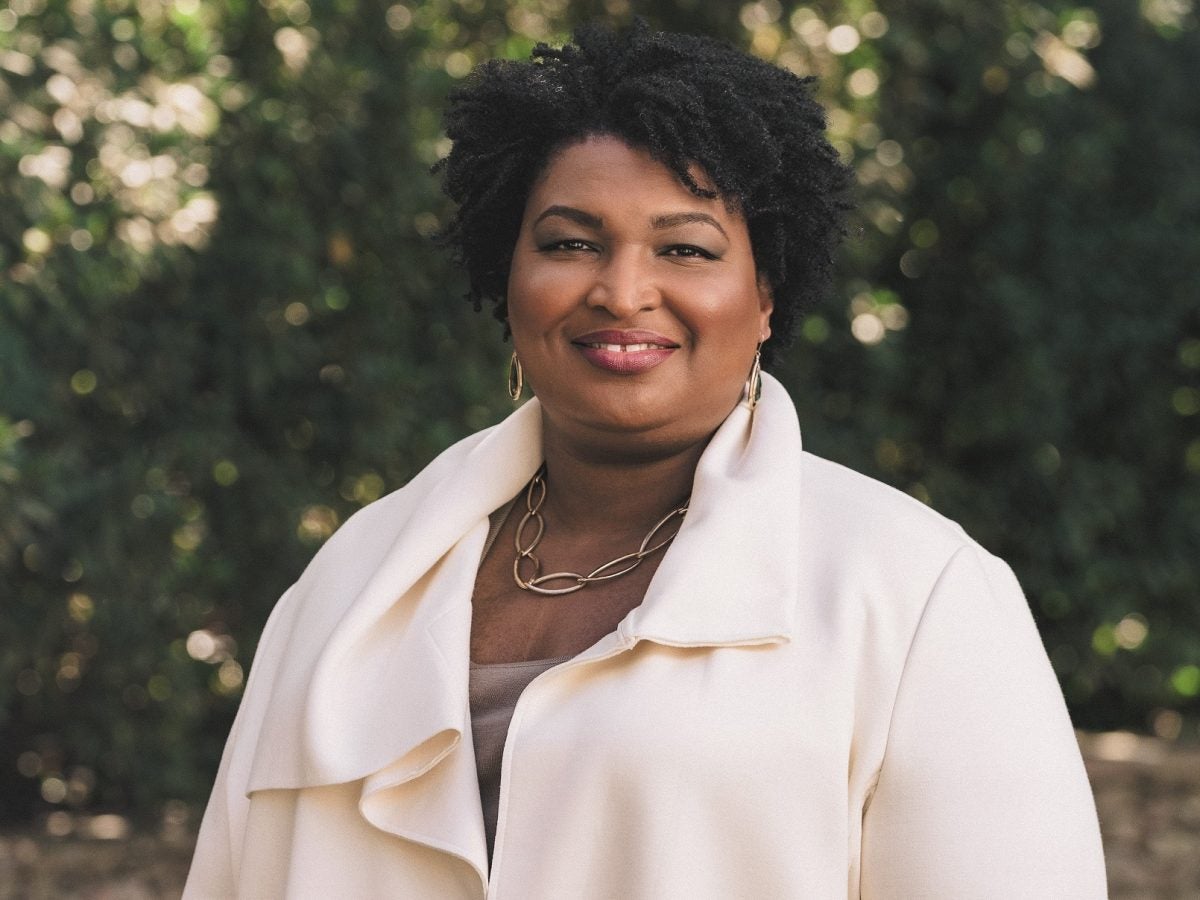
Stacey Abrams announced on Wednesday that she is running for governor of Georgia in 2022.
Abrams narrowly lost the Georgia gubernatorial election in 2018 to Brian Kemp by about 55,000 votes amid concerns of voter suppression.
The 2018 race drew national attention, as Abrams was the first Black woman in the country to be a nominee for governor after she won the Democratic primary.
The competitive race also spotlighted Georgia’s changing demographics and has made Georgia a hot topic in the presidential election. There were more liberal voters in the Atlanta metro area and increasing numbers of voters of color around the state in 2018, supported by Abrams’ outreach in significantly Black rural districts, signaling a change that eventually flipped Georgia blue in the 2020 presidential election.
Increasing voter engagement, a project that buoyed Abrams in 2018, has become a priority for the 2022 gubernatorial candidate.
She launched a voter protection non-profit, Fair Fight Action, “to fund and train voter protection teams in 20 battleground states.”
Georgia is among those states that has become a battleground in the presidential election as it becomes more diverse and its population of young people and unmarried women has grown.
As voter engagement group New Georgia Project states, “over the past decade, the population of Georgia increased 18%. The New American Majority – people of color, those 18 to 29 years of age, and unmarried women – is a significant part of that growth. The New American Majority makes up 62% of the voting age population in Georgia, but they are only 53% of registered voters.”
This engagement and these demographic shifts also shaped the 2021 Senate runoff in Georgia, with the state electing its first Black Senator, Reverend Raphael Warnock.
In a tweet accompanying her campaign announcement, Abrams said she was “running for Governor because opportunity in our state shouldn’t be determined by zip code, background or access to power.”
Primaries for the 2022 election will be May 24, 2022.